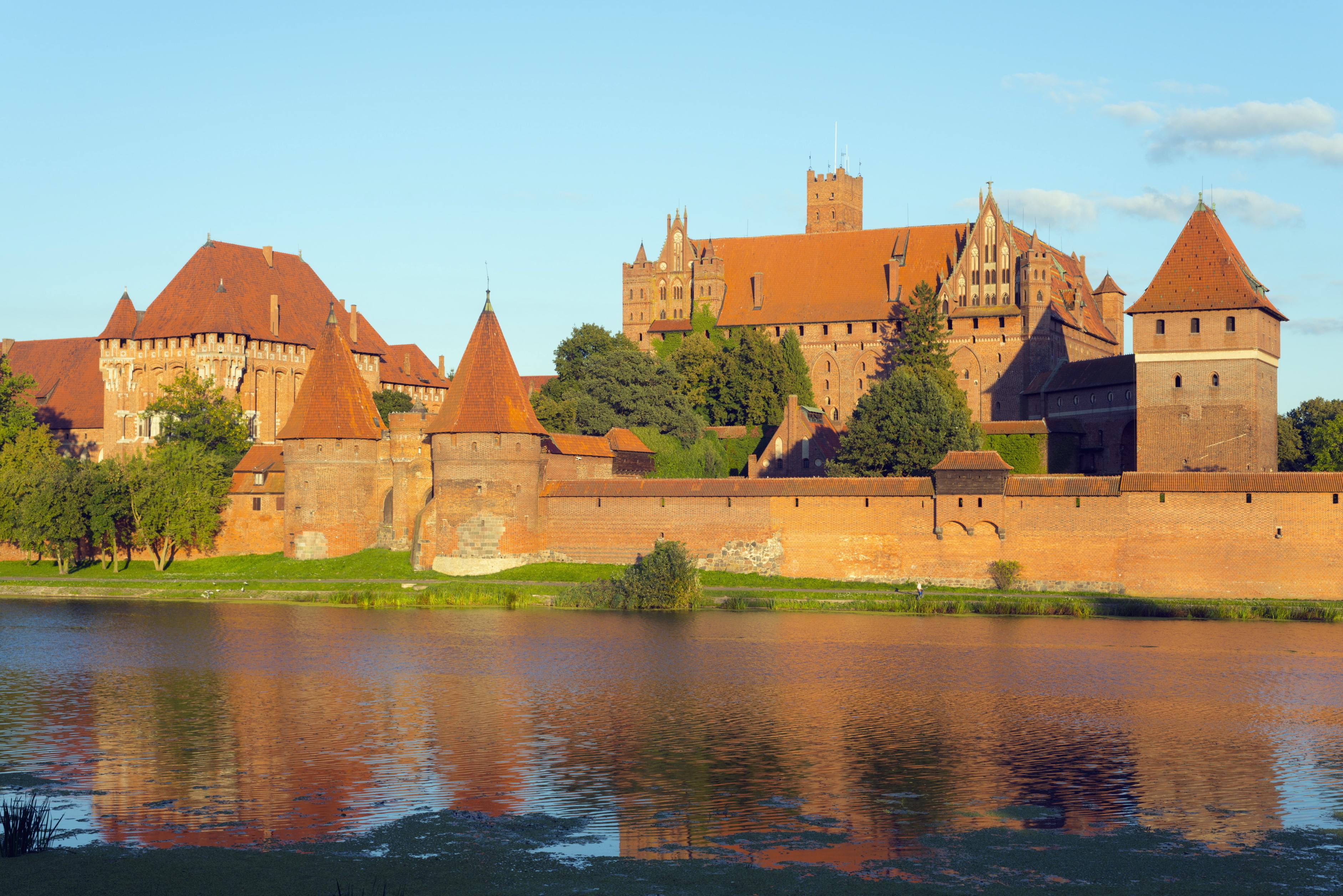The Malbork Castle Poland
Welcome to the Malbork Castle, known for its stunning beauty and rich history. This UNESCO World Heritage Site is located in the town of Malbork, Poland, on the banks of the Nogat River. The castle was built by the Teutonic Knights in the 13th century and is one of the largest brick castles in the world. Today, it is regarded as one of Poland's most remarkable national treasures.
The castle was built during a time of disagreement between Poland and the Teutonic Knights, who were a religious military order. The castle was the Order's headquarters and played an important role in its wars. It was later converted into a royal residence and became a focal point of Poland's cultural scene.
Visitors to Malbork Castle can explore the three main sections of the fortress: the High Castle, the Middle Castle, and the Low Castle. Each section has its own distinctive features and architectural style. The High Castle, located at the center of the fortress, is the oldest part of the structure.
The castle is home to many exhibits that highlight its rich history. There is even a room that displays the Order's treasury, which features many rare exhibits, including jewelry, medieval coins, and even a piece of the True Cross. Visitors can also see exhibits related to Poland's royal history in the castle's Royal Room.
The castle is open to visitors all year round, and tickets can be purchased at the entrance. Guided tours are available in English and other languages. The castle's location on the Nogat River makes it an ideal spot for romantic walks, boating, fishing, and picnics.
History
The history of Malbork Castle goes back to the 13th century when the Teutonic Knights built the castle. At that time, Poland was divided into small principalities, and the Teutonic Knights were religious military orders that aimed to conquer new territories and convert the populace to Christianity. The castle served as the headquarters of the Teutonic Knights and played a crucial role in their wars. They used it as a base to launch their raids on Poland, Lithuania, and Russia.
The castle survived numerous battles, but it was severely damaged during World War II. After the war, the castle was rebuilt by the Polish government, and today it stands as a symbol of resilience and strength. Visitors can learn about the castle's history through its many exhibits, which cover everything from its role in medieval warfare to its reconstruction after World War II.
Travel Tips
If you are planning to visit Malbork Castle, there are a few things you should keep in mind:
- Plan ahead: Malbork Castle is a popular destination, especially during the summer months. To avoid long lines and crowds, plan your visit ahead of time and buy your tickets in advance.
- Wear comfortable shoes: The castle is large, and there is a lot of walking involved. Make sure to wear comfortable shoes.
- Bring a camera: The castle's stunning beauty is sure to make you want to take pictures. Make sure to bring a camera or smartphone to capture the memories.
- Look out for special events: The castle hosts many events throughout the year, including medieval festivals, concerts, and theater performances. Check the calendar ahead of time to see if there is anything special happening during your visit.
FAQ
Here are some frequently asked questions about Malbork Castle:
What are the castle's opening hours?
The castle is open every day of the week except for Mondays. The opening hours vary depending on the time of year, so it's best to check ahead of time.
What is the best way to get to the castle?
The castle is located in the town of Malbork, Poland, and is easily accessible by train or car. If you are coming from Warsaw or Gdansk, you can take a direct train to Malbork. There is also ample parking available at the castle.
How long does it take to visit the castle?
It usually takes between 2-3 hours to visit the castle, depending on how thoroughly you want to explore it. If you are planning to take a guided tour, expect to spend slightly longer.
Are there any restaurants or cafes at the castle?
Yes, there are several restaurants and cafes located within the castle grounds. Visitors can try traditional Polish dishes or indulge in some café-style snacks and drinks.
Is the castle accessible to people with disabilities?
Yes, the castle is accessible to people with disabilities. There are ramps and elevators available, and the exhibits are designed to be accessible to everyone.
Can I take pictures inside the castle?
Yes, visitors are allowed to take pictures inside the castle, but some exhibits may prohibit photography. Make sure to check before taking any pictures.
We hope you found this guide helpful in planning your visit to Malbork Castle. There is so much to discover at this remarkable site, and we hope you have a wonderful time exploring!



Post a Comment for "The Malbork Castle Poland"